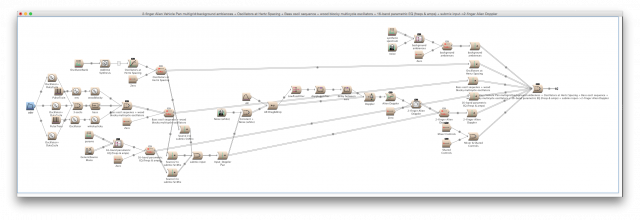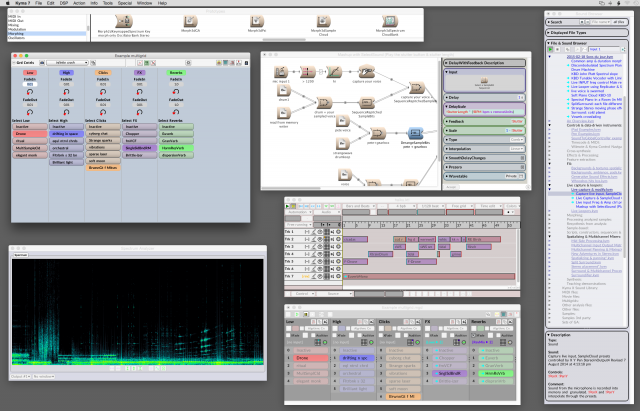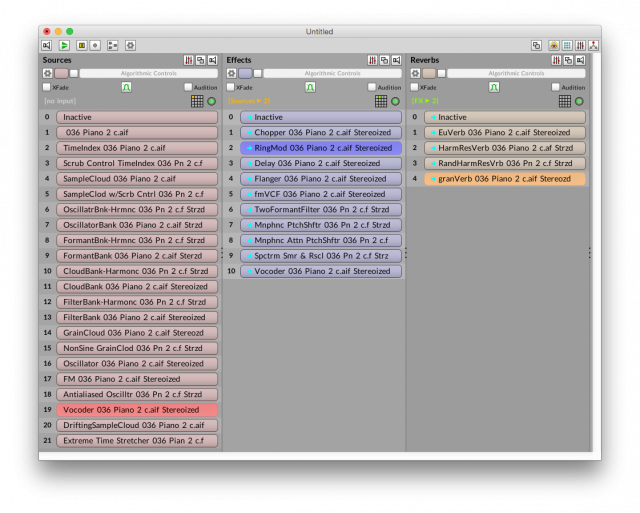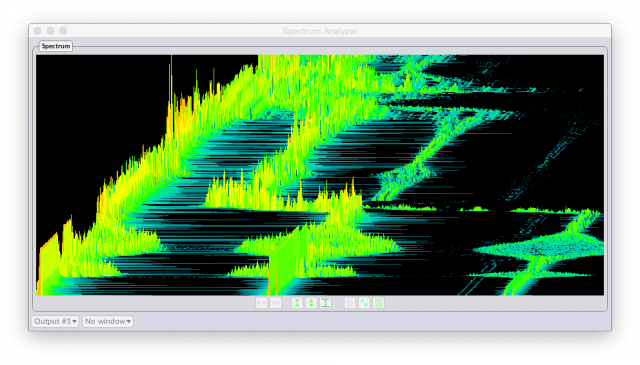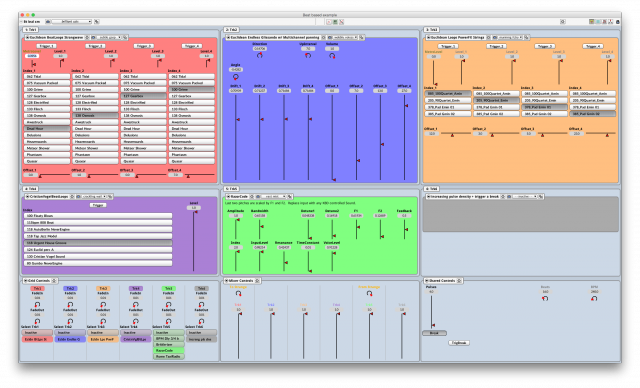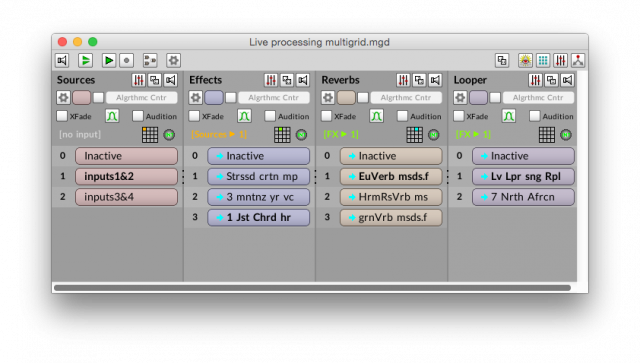Kyma 7 in Four Minutes from Symbolic Sound on Vimeo.
Somewhere apart from the general purpose computer, the standalone electronic instrument, the racks of modulars, there is Kyma. For nearly a quarter century, this boutique digital instrument has opened up sonic realms to a scattered illuminati of artists. And this week, it hit a new milestone, with functionality and resources intended to make sound exploration still broader and more accessible.
Three years in development, Kyma 7 is here.
The buzz around modular often comes back to the same refrain: modular is cool because it’s open ended. That rat’s nest of cables, modular advocates say, represent freedom. No argument from me, but Kyma can fairly make a similar claim, backed by a somewhat obscenely deep set of sound tools you can patch together. Kyma’s not cheap by computer standards, and not expensive by analog modular standards. A mid-range system runs about four grand US$, with a “lab” system still just shy of three. That’s nothing to sneeze at, given that you can download Pure Data for nothing and load it onto a $300 laptop, and still get a deep graphical digital environment. But for its followers, Kyma represents an investment in possibility – and sound quality.
Kyma, like the mountain in the image for Kyma 7, is something I largely admire from afar. But admire, I do – and Kyma 7 has some nice things in it.
Look closely, and you see an environment that has no direct comparison. Whether or not you want to live there, getting a look at Kyma is like glimpsing a far-off tropical island: it’s a world unto itself.
Wave Editor
Find splices, generate antialiased wavetables (for a new dedicated oscillator), or use the Gallery to spawn a set of parameters and signal flow graphs you can control or tweak. The Wave Editor is a perfect example of how a familiar feature becomes new in the context of Kyma. The workflow here is immediately about both depth and control: yes, you have loads of parameters, but they can be instantly mapped to an external controller so that experimentation is live.
Multigrid
This is another Kymaism. The idea is, a sample can be used to produce modular parameters automatically. The Multigrid arranges them on a display to be used as you see fit – sources, signal processors. Each sound is not just a noisemaker, but a bundle of characteristics and flows that you can play and tweak.
These are designed for live onstage use, too – sources, effects, and combinations are switchable without interrupting sound.
Browsing
Every tool these days has a refreshed browser it seems, with instant search capabilities and the like. On the surface, Kyma’s browser looks like one of those. But you can search by individual parameter – not even modules alone. And Kyma randomizes some daily inspiration for you, too, with something it calls Sons du jour – cute.
Seeing Sound, Time
“Picturing Sound” is a theme for Kyma this year, including at its conference, and that’s reflected in the software. The new release lets you visualize time and sound in some ways new to this tool.
The Timeline is perhaps the most significant feature in Kyma – something lacking in some other modular environments. That Timeline is also unique in that you can change the flow of time to keep together with other players – a bit like a conductor would with a score. And it now also works with video.
You can also see the sounds – if in a conventional way – more easily, both by hovering over names and by switching on live Oscilloscope and Spectrum Analyzer views.
Learning and Exploring
All of this power is, naturally, useless if you haven’t worked out how to use it. Some of these resources are worth looking at if you’re considering the platform:
Kyma International Sound Symposium (in Montana, USA)
New context-sensitive help abounds through the updated tool. And there’s an ever-growing community library of sounds always at the ready.
Perhaps the most compelling coming resource is the set of Artist Packs for Kyma by electronic music legend Cristian Vogel. He’s sharing building block-style collections of Sounds and Elements – materials that can be uniquely shared in Kyma’s particular idiom. They’re due soon; you can sign up for a notification:
Cristian Vogel Artist Packs for Kyma
We profiled Cristian in 2013. (Cristian, probably time we do that again soon, even!) He’s been someone closely involved with Kyma’s development and community.
Cristian Vogel, Still Dazzling Ears, Two Decades On [Listen]
More:
http://kyma.symbolicsound.com
